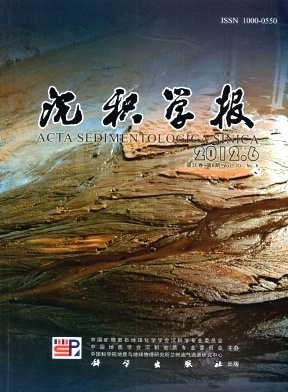The Miocene Climate Changes in Honggouzi Area of Western Qaidam Basin and Dominating Factors on Erosion Rate
- Publish Date: 2012-12-10
-
Key words:
- Western Qaidam
Abstract: Welldeveloped Neocene strata in the western Qaidam Basin were a detailed record of the deformation and uplift of the surrounding mountain, weathering and erosion of the provenance and the process of climate changes. Based on the measurement and analysis of the carbonate contents, chloride ion contents and sulfate radical contents of the Miocene sediment in the Honggouzi section of the western Qaidam Basin,the climate changes in this area can be divided into the following four stages: stageⅠ(17~16.7 Ma) is a dry stage; stageⅡ(16.7~7.4 Ma) this stage is wetter than stageⅠ, but is characterized by continuous drought (the drought intensified in 14.7Ma and 10.7 Ma, respectively and 8.7~7.4 Ma shows increased fluctuation ); stage Ⅲ(7.4~5.1 Ma)relatively humid with fluctuation;stage Ⅳ(5.1~4.8 Ma)is a dry stage. 17~16.5 Ma the erosion rate is the high; 16.5~9.8 Ma the erosion rate is relatively low and 8.7~6 Ma the erosion rate is high.The erosion rate of this area shows no obvious connection with climate, but is well consistent with tectonic activities ,namely ,the tectonic active period corresponds with the stages of the high erosion rate or the erosion rate increases dramatically. Thus, in Honggouzi area, the regional tectonic activity is the main factor to control the erosion rate.
| Citation: | The Miocene Climate Changes in Honggouzi Area of Western Qaidam Basin and Dominating Factors on Erosion Rate[J]. Acta Sedimentologica Sinica, 2012, 30(6): 1106-1114. |






 DownLoad:
DownLoad: